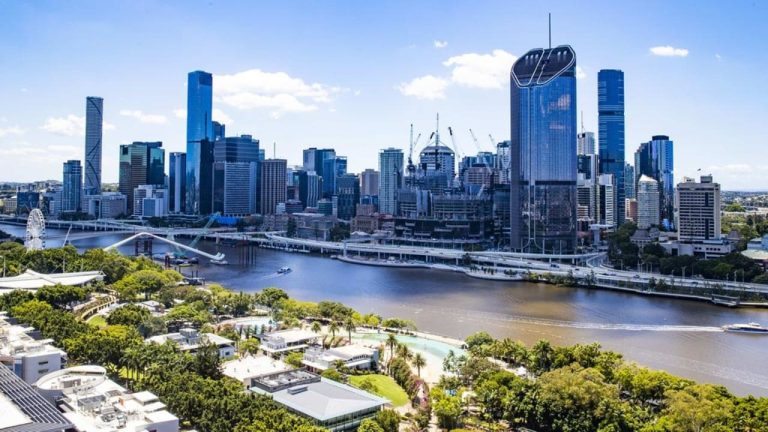Brisbane’s housing market is heading into 2025 and 2026 with plenty of momentum. The city keeps pulling in new residents — both from other parts of Australia and overseas — and that’s keeping demand high. Big foundation projects like the Brisbane Metro, Cross River Rail, and early work for the 2032 Olympics are making the city more liveable, which is lifting home values in many suburbs.
But there’s a flip side: hometowns aren’t growing built fast enough, and that’s pushing up costs, especially for renters.
Here’s what’s happening on the ground:
- Brisbane’s median house price has crossed the $1 million mark in several reports — one pegged it at $1,000,422 as of June 2025.
- Apartments are on a tear. In many spots, unit prices are rising faster than house prices, with annual growth for units hitting nearly 12% in one report.
- There just aren’t many homes for sale. Almost every property sold in the first half of 2025 turned a profit — over 99% of sales, according to one study.
Key Trends for 2025–26:
Read the points about the Brisbane housing market trends 2025-26.
1. Price growth stays steady
Don’t expect wild double-digit jumps everywhere, but growth isn’t going away. Some forecasts tip house prices to rise about 6–8% a year for the next couple of years. Unit prices might slow a little after their recent run, but there’s still strong demand for affordable options.
2. Supply stays tight, sellers have the upper hand
With not enough new homes coming on the market and lots of people wanting to buy — especially near new transport links and in popular inner suburbs — competition looks set to stay fierce. Sellers are in a good spot, and prices in well-located areas will likely keep climbing.
3. Units look more appealing
As houses get pricier, more buyers are turning to units and townhouses. They’re cheaper to get into and, lately, they’ve been growing faster in value. Some reports even show units outpacing houses in parts of Brisbane through 2025.
4. Affordability is a real challenge
Prices keep climbing, but that just makes it harder for first-home buyers. Higher values mean bigger hurdles, and with interest rates not exactly friendly, it’s tough to borrow what you need. Some analysts think growth will cool a bit as affordability gets worse. You can also find a mortgage broker in Brisbane here.
5. Not all suburbs are equal
Growth isn’t spread evenly across Brisbane. Inner suburbs and areas close to new infrastructure are seeing the most benefits — better transport, more amenities, all that. Out on the fringes, you might find better value and future upside, but the trade-off is usually a longer commute or fewer services. Some “undervalued” suburbs are still out there, though, if you know where to look.
Conclusion
Brisbane’s residential market looks set for resilient development through 2025–26. Demand is powerful, supply is restricted, and big projects are making the city even more attractive. The days of rapid, smooth gains might be behind us, but the essentials are still complete.
If you’re buying or installing, pick your spot with care, plan to hold for the long wait, and don’t count on speedy wins.


Comments are closed.